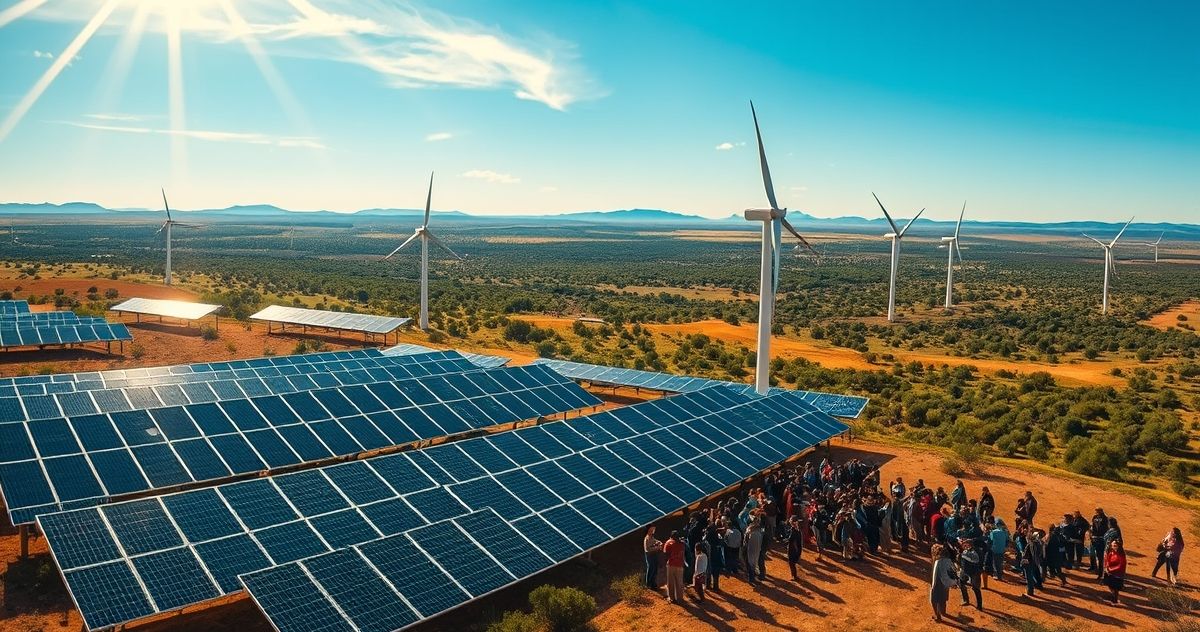Tribal Renewable Energy Credit: Comprehensive Guide
The Tribal Renewable Energy Credit (TREC) is a significant tax incentive designed to advance sustainable energy projects located on tribal lands across the United States. It aims to foster energy independence, economic development, and environmental sustainability within tribal communities while aligning with national and global clean energy goals.
What is the Tribal Renewable Energy Credit?
The Tribal Renewable Energy Credit is a federal tax credit available to renewable energy projects developed on federally recognized tribal lands. Its primary purpose is to encourage investment in renewable energy by reducing the overall tax liability of the entities involved in such projects. The tax incentive covers various types of renewable energy installations, including solar, wind, geothermal, and biomass, among others.
Primary Purpose
The main objective of the TREC is to facilitate the deployment of clean energy technologies on tribal lands, which often have unique energy needs and opportunities. By providing a tax credit, the program aims to make renewable energy projects more financially viable, thus accelerating their adoption. This leads to reduced greenhouse gas emissions, enhanced energy resilience, and economic empowerment for tribal communities.
Key Features and Components
- Eligibility Criteria: To qualify for the TREC, projects must be located on federally recognized tribal lands and utilize approved renewable energy sources.
- Tax Credit Value: The credit value can vary depending on the size, cost, and type of the renewable energy project. Typically, it allows a percentage of the project costs to be claimed as a credit against federal income taxes.
- Technology Scope: Projects employing technologies like solar photovoltaic systems, wind energy installations, biomass fuel production, and geothermal facilities are eligible.
- Transferability: In some cases, the credit may be transferable, allowing tribes to sell the credit to third parties, thereby monetizing the benefit without incurring taxable income directly from energy sales.
Relevant Filing or Compliance Requirements
The application process for the Tribal Renewable Energy Credit involves several key steps:
- Project Certification: Projects must first be certified as eligible by the Department of Energy or another designated agency. This involves demonstrating compliance with specific technical and economic criteria.
- Tax Filing Process: Eligible entities must file IRS Form 3468 or its equivalent to claim the credit, attaching all necessary documentation to verify project compliance and eligibility.
- Annual Reporting: Certain projects may require annual reporting to ensure ongoing compliance with federal regulations and performance standards.
Penalties or Consequences for Non-Compliance
Failure to adhere to the compliance requirements can lead to several penalties:
- Denial of Credit: Ineligible or non-compliant projects may be denied the tax credit, resulting in financial setbacks.
- Recapture Risk: If a project fails to maintain compliance throughout its duration, there may be a recapture of the previously claimed credits, leading to additional tax liabilities.
- Legal Penalties: Non-compliance can result in additional legal penalties, including fines and increased scrutiny on future applications.
Importance and Significance
The Tribal Renewable Energy Credit is vital for enhancing energy self-sufficiency, fostering economic growth, and promoting sustainable practices within tribal communities. It helps to:
- Lower Energy Costs: By facilitating the installation of renewable energy systems, tribes can reduce dependence on expensive imported fuels, lowering energy costs.
- Increase Job Creation: Renewable energy projects provide job opportunities in construction, maintenance, and management within local communities.
- Environmental Impact: The adoption of clean energy technologies reduces carbon emissions and environmental degradation, aligning with broader climate change mitigation goals.
- Strengthen Tribal Sovereignty: By gaining energy independence, tribal nations bolster their sovereignty and economic stability.
The TREC not only supports tribal efforts towards sustainability but also plays a crucial role in the national transition to clean energy sources. Tribal lands have been identified as having substantial renewable resource potential, and this credit ensures they can harness that potential effectively.
In conclusion, the Tribal Renewable Energy Credit is a strategically significant policy tool that facilitates meaningful progress in renewable energy adoption, ensuring environmental sustainability and economic development for tribal communities. Its careful application and adherence to compliance can lead to successful, transformative projects that benefit both the tribes and the nation as a whole.

